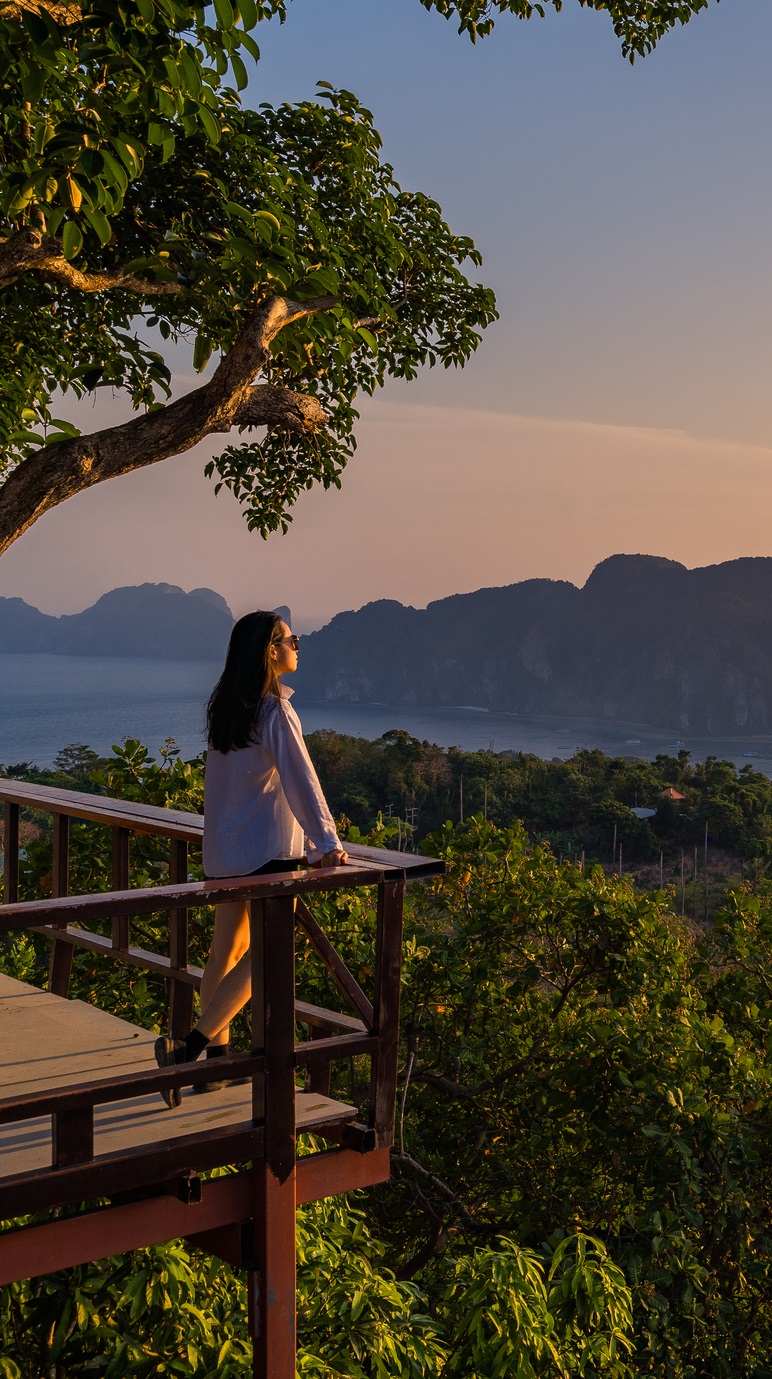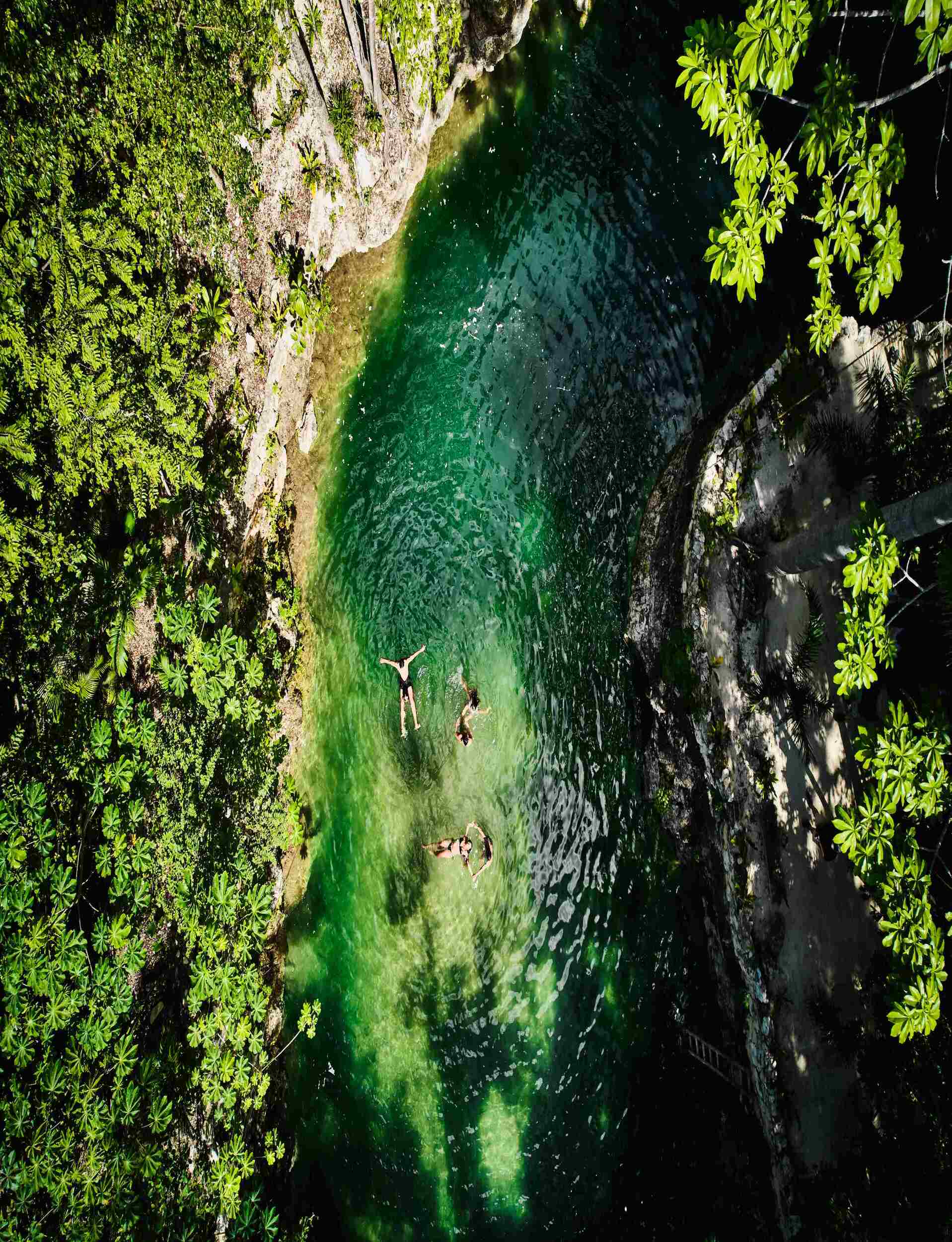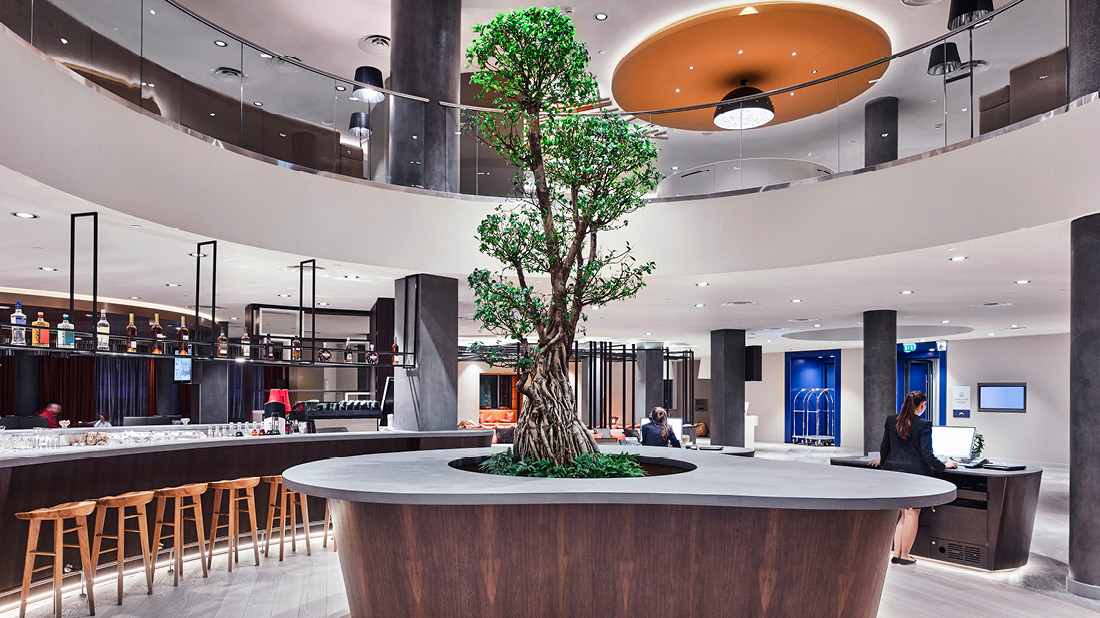
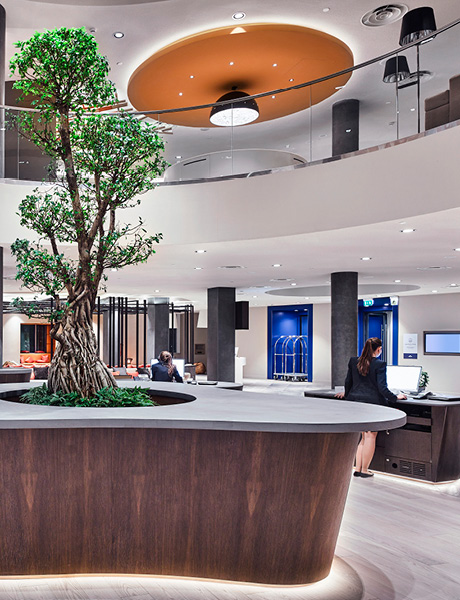

For his second Insider feature, Stanislas Helou, hospitality executive and Guest Lecturer at Glion Institute of Higher Education, argues that the notion of ‘luxury hospitality’ is being continually redefined by an ever-increasing number of new brands and concepts. Which is good news for those guests who can keep up with the pace of change…
What does “luxury” mean to you? If I asked this question directly, I suspect I’d receive almost as many answers as I would asking what’s your favorite song!
It feels like there’s now a definition of luxury for every day of the week: boutique luxury, affordable luxury, lifestyle luxury, ultra-luxe… you can, quite literally, pay your money and take your choice.
The big hospitality groups are well on top of this trend. Where once the luxury label was primarily attached to an individual hotel, now it is spread across multiple brands in the portfolios of ‘majors’ such as Marriott and Accor. Those portfolios have grown exponentially in recent years – both Marriott and Accor now boast around 30 distinct brands – while luxury hospitality has also come to encompass alternative accommodation, including private home and villa rentals.
I’m closely involved with the latter business, thanks to my role at Onefinestay, which is now part of the Accor group. Like other parts of the industry, this is an area of hospitality that has been subject to the disruptive influence of Airbnb, which made its statement by acquiring Luxury Retreats in 2017, before rebranding it as Airbnb Luxe.
We’ve seen the different players reacting to this trend in their own ways. For example, Marriott has been developing its luxury rentals business organically, while Accor acquired Onefinestay and Travel Keys to gain instant scale.
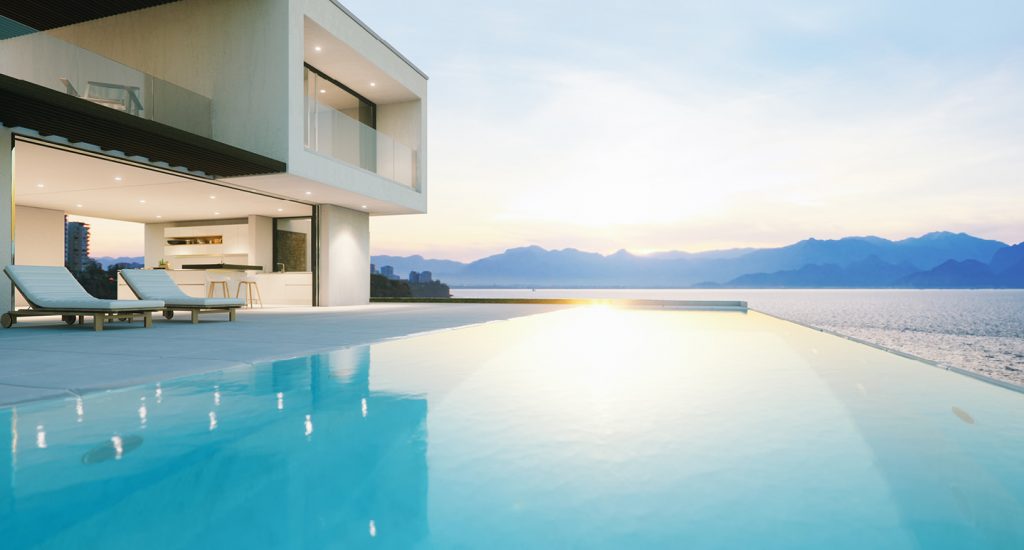
Luxury and lifestyle converge
Getting back to the hotel business, one of the most intriguing market developments in recent years has been the convergence of luxury and lifestyle. It’s opened up a new chapter in luxury hospitality; one where some of the traditional, formal elements of a luxury stay have been pushed to one side in favor of a more relaxed, informal approach. This certainly fits more comfortably with the millennials and Gen Zs who are fast growing into the predominant luxury clientele of today.
For examples of the “lifestyle luxury” approach, think EDITION, W Hotels, or Andaz. You are typically more likely to find a resident DJ in the reception area than a starched shirt among the staff; and very often the hotel will be intimately connected to the surrounding neighborhood, instead of sitting in isolated splendor above it.

“Are there too many options in hospitality now? From a personal perspective I would say no; but that’s because I have a passion for this industry and I love finding out about the new concepts. From a business perspective, I’m less sure.”
Stan Helou
The challenge of choice
What all this means for the wealthy traveler is an unprecedented array of choice. But that’s a challenge for the industry, too, because with increased choice must come increased understanding. Otherwise, guests will make the mistake of staying in a hotel that simply isn’t suited to them. I always use the analogy of visiting a pizzeria in which the menu has pages and pages of different pizzas. I’m much more likely to get confused and make the wrong choice when faced with too many options!
Are there too many options in hospitality now? From a personal perspective I would say no; but that’s because I have a passion for this industry and I love finding out about the new concepts. From a business perspective, I’m less sure. There’s a lot of work ahead for these brands, in both finding their ideal customer segments and then communicating clearly and effectively to them.
It helps that the hotel guests of today are different animals to what they were 30 or 40 years ago. When you arrived in a new city in those days there was no internet or social media through which you could acquaint yourself with your destination. For business travelers in particular, this meant that familiar, comforting surroundings were a real bonus, and thus a significant driver of customer loyalty.
“The millennial guest desires cool surroundings, maybe even a little edge; certainly lots of material for their Instagram feed.”
The tech-savvy luxury traveler of today will frequently arrive at their destination knowing almost as much as a local. So he or she wants more than familiarity, and the hotel chains know it. The millennial guest desires cool surroundings, maybe even a little edge; certainly lots of material for their Instagram feed. It’s a sweeping generalization, I know, but it is clearly driving a good number of the new concepts we are seeing.
Is there further for this trend to go? I think so, especially while the market for business travel remains subdued. The consultants Oliver Wyman predict a 6.2% annual growth in the luxury travel market between now and 2030. Growing markets always attract new brands and new players keen for a slice of the action.
And that’s great news from a guest perspective. We’ve arguably never had it so good, with a place to stay that will match any mood and personal circumstance. The owners of those brands, whether independents or majors, just need to be careful how they position each brand, and then give each one its distinctive voice within this ever more crowded marketplace.
Click here to read Stan’s first feature contribution to The Insider
- To discover more about Onefinestay, visit the website
Picture credits:
Main image: Reception and lobby in “Kievskiy” hotel complex in Moscow – Vostok/Getty
Pool photo: Imaginima/Getty
Launch your career in international hospitality
Our Bachelor’s in International Hospitality Business is your first-class ticket to a global career.












